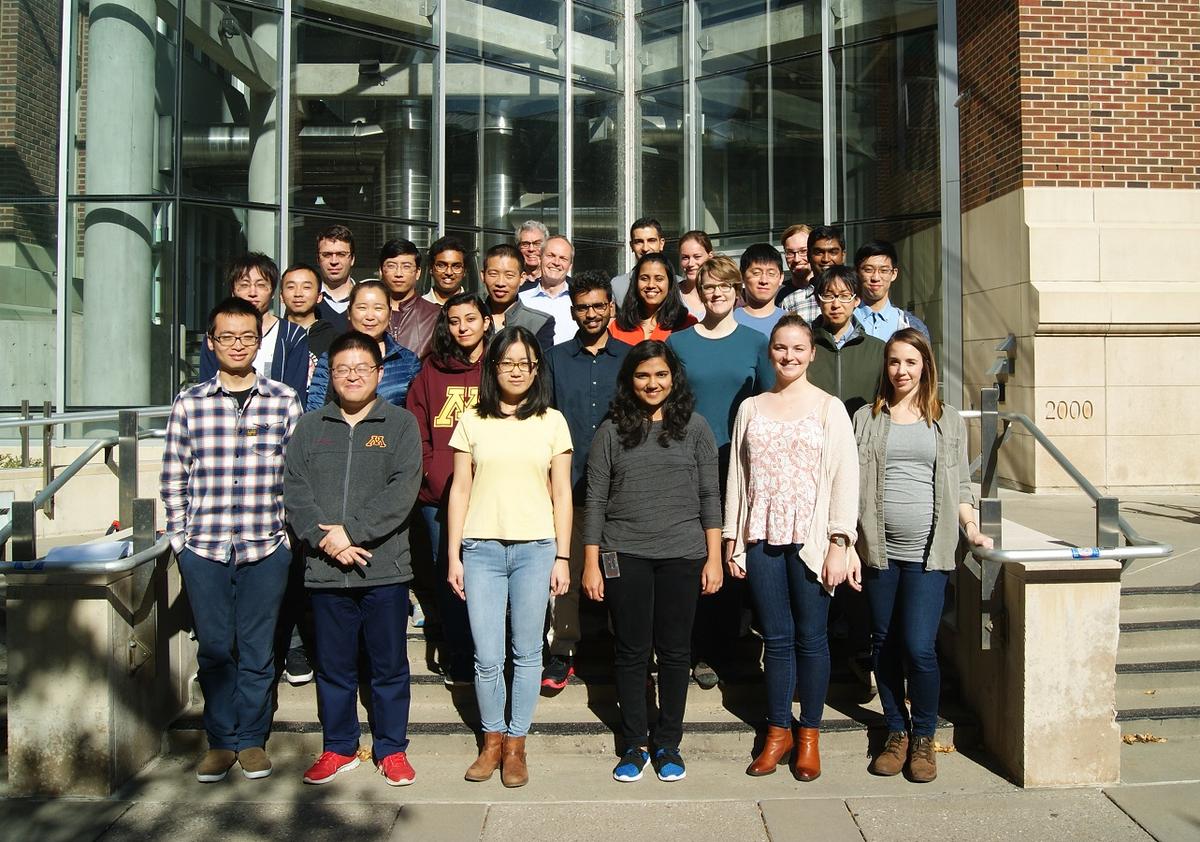
About
The High Temperature and Plasma Laboratory (HTPL) is a laboratory in the Mechanical Engineering Department at the University of Minnesota composed of five professors and their students and postdocs. HTPL conducts research on several plasma-related topics including materials processing, nanoparticle synthesis, chemical vapor deposition, medical plasmas, and fundamental studies of both plasma arcs and low-pressure plasmas.
Briefly, a plasma is a partially or fully ionized gas, and is sometimes referred to as the fourth and most energetic state of matter. Plasmas can assume many forms both naturally (lightning, the aurora borealis) and artificially (fluorescent lamps, cutting torches) and are used heavily in industrial applications such as lighting, welding, materials deposition, waste destruction, and semiconductor processing. Plasmas are commonly classified as thermal or nonthermal. Thermal plasmas are characterized by partial thermodynamic equilibrium (the electron temperature is equal to the heavy particle temperature), high energy content, high temperatures, and high luminosity. Nonthermal plasmas are characterized by a pronounced nonequilibrium between very hot electrons and cold heavy particles.
Thermal plasma research currently underway in the HTPL includes arc instability and plasma heat transfer studies, Anode and cathode heat transfer investigations, modeling of plasma flow and reactions, plasma spray nozzle development, development of process controls for plasma and wire arc spraying, and thermal plasma CVD of hard coatings. HTPL research on nonthermal plasmas focuses on synthesis of nanosized particles and nanostructured materials, plasma applications for nanotechnology, studies of particulate contamination in low-pressure plasmas, and plasma modeling of particle nucleation, growth, and transport.